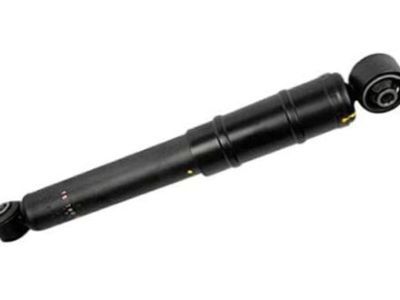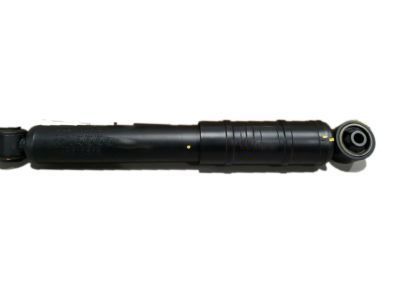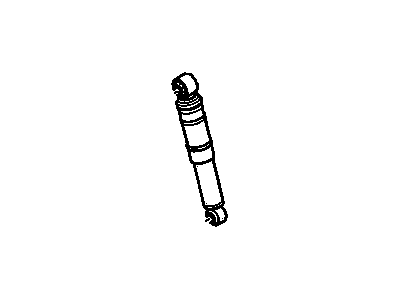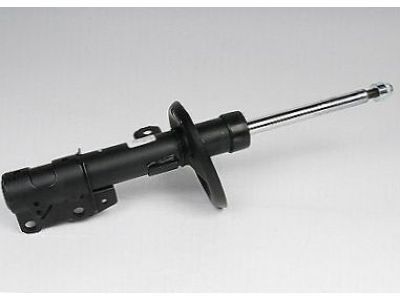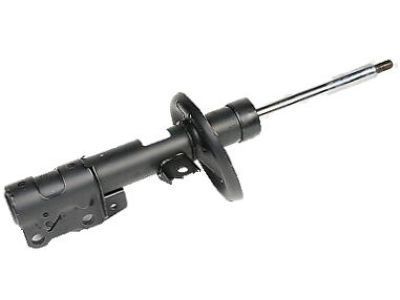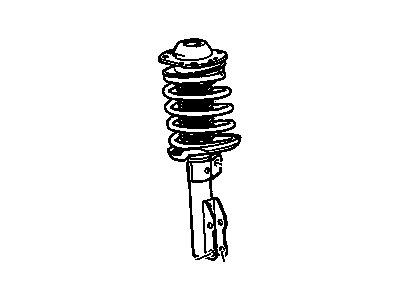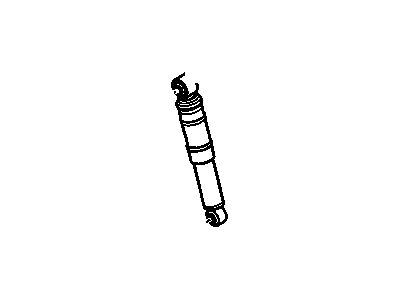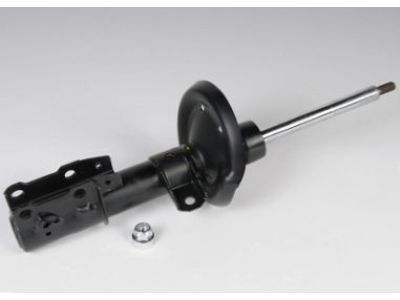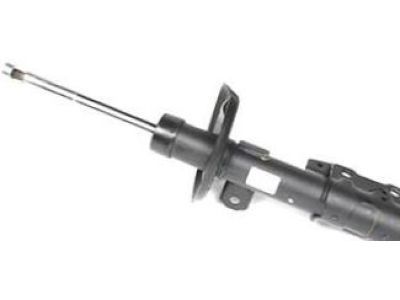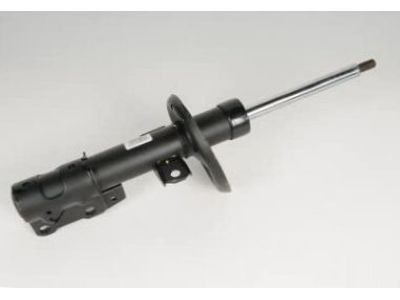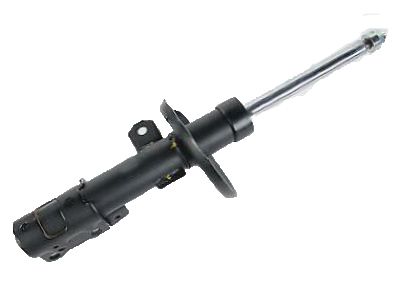
My Garage
My Account
Cart
Genuine Chevrolet HHR Shock Absorber
Suspension Shock Absorber- Select Vehicle by Model
- Select Vehicle by VIN
Select Vehicle by Model
orMake
Model
Year
Select Vehicle by VIN
For the most accurate results, select vehicle by your VIN (Vehicle Identification Number).
10 Shock Absorbers found
Chevrolet HHR Rear Shock Absorber Assembly
Part Number: 15780243$41.92 MSRP: $124.69You Save: $82.77 (67%)Ships in 1-2 Business DaysChevrolet HHR Front Suspension Strut Kit
Part Number: 20794267$142.92 MSRP: $259.84You Save: $116.92 (45%)Ships in 1-2 Business DaysChevrolet HHR Front Suspension Strut Kit
Part Number: 20794270$74.13 MSRP: $220.35You Save: $146.22 (67%)Ships in 1-2 Business DaysChevrolet HHR Front Suspension Strut Kit
Part Number: 20795223$109.53 MSRP: $206.67You Save: $97.14 (47%)Ships in 1-2 Business DaysChevrolet HHR Front Suspension Strut Kit
Part Number: 20794268$129.13 MSRP: $243.64You Save: $114.51 (47%)Ships in 1-2 Business DaysChevrolet HHR Rear Shock Absorber Assembly
Part Number: 15806888$43.65 MSRP: $129.75You Save: $86.10 (67%)Ships in 1-2 Business Days
Chevrolet HHR Shock Absorber
The Shock Absorber of Chevrolet HHR manufactured vehicles is as important as its counterpart the struts in the suspension process. These components assist in reducing bouncing and the overall impact of shock impulses making it comfortable and easier to control the car. Over the years, there have been different specifications on the shock absorber where there is the twin-tube and the mono-tube where there are differences in the mechanisms where the hydraulic fluid is being controlled in a different manner, and this results in different performances while driving. Besides, the advancement in technologies like the electrorheological and magnetorheological dampers has led to the design of semi-active or adaptive suspensions improving on comfort and control in road operations.
Each OEM Chevrolet HHR Shock Absorber we offer is competitively priced and comes with the assurance of the manufacturer's warranty for the part. Furthermore, we guarantee the speedy delivery of your orders right to your doorstep. Our hassle-free return policy is also in place for your peace of mind.
Chevrolet HHR Shock Absorber Parts Questions & Experts Answers
- Q: How to remove a front shock absorber on Chevrolet HHR?A:First, take off the lug nuts on the wheel. When you raise the car, use jacks to hold it, and put jackstands under it to keep it safe. To do the job, you need to take off the strut's bar link and for ABS models disconnect the ABS wire from the strut. Indicate how the strut attaches to the knuckle, then pull out the bolts while temporary linking them to the nuts. As you pull the strut off, protect the driveaxle CV joint from damage by keeping it short, and keep the Steering Knuckle safe from breaking the brake hose when it falls away. Use an engine compartment access panel to get the strut's body frame nuts loose. Look at the strut body to find any leaking oil, dents, breaks, or other problems that hurt the part and must be fixed. Check the coil spring for cracks and corrosion damage that could make it fail before its time, then check the spring seat for cuts, toughness problems, and signs of aging. Start by taking apart your shock if you find any problems. Feed the strut assembly into place through the fender, put the studs through the holes in the shock tower, and tighten mounting nut(s) to make sure the strut stays put. Position the steering knuckle onto the strut flange. Place the two bolts in place, align the earlier made marks, and tighten the nuts accurately to the right torque setting. Reattach the brake hose to its slot on the strut base. Then, reconnect the stabilizer link, and add the ABS speed sensor wire if it's needed. After putting lug nuts on the wheel, lower the car and tighten lug nuts to right torque, next screw upper mounting nut tight and check/realign front wheel stance.
